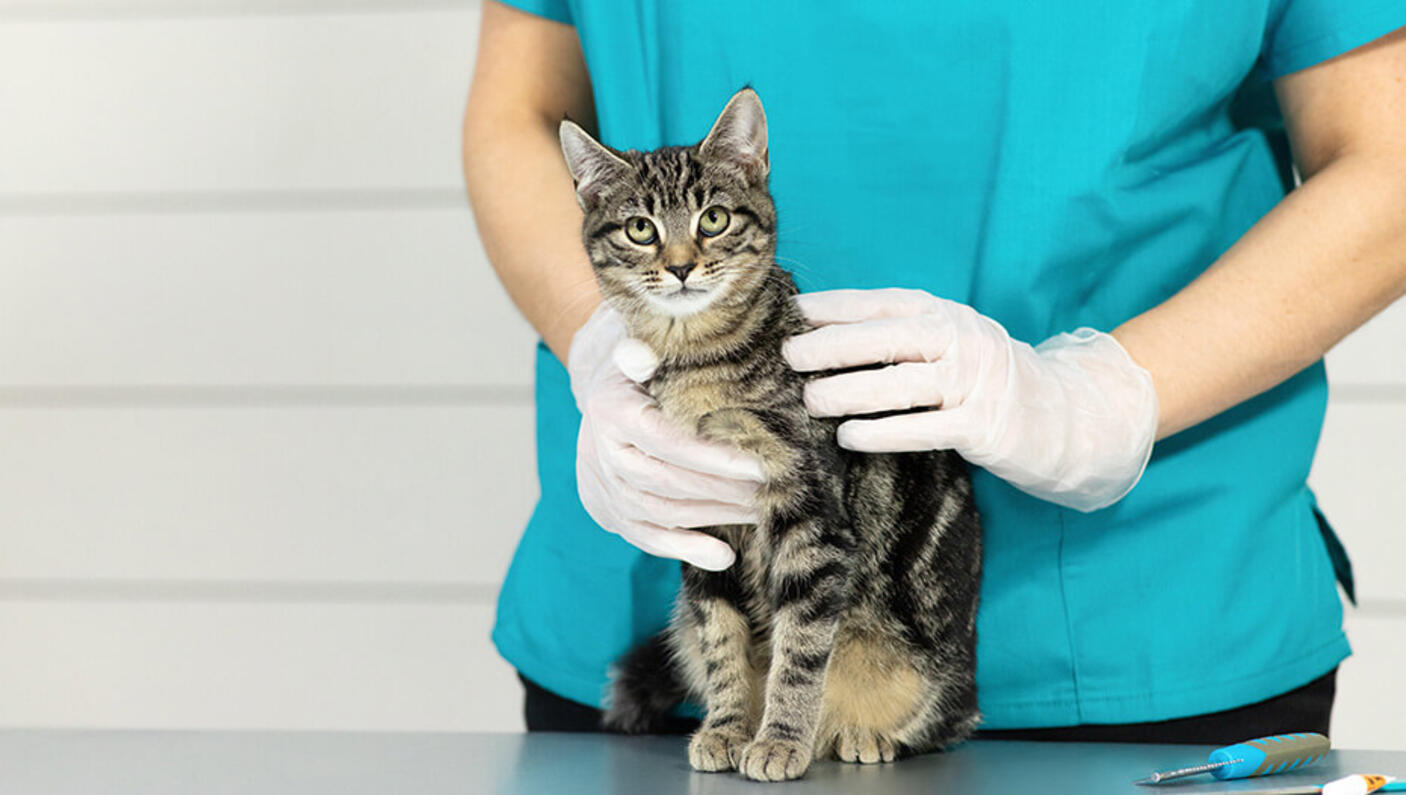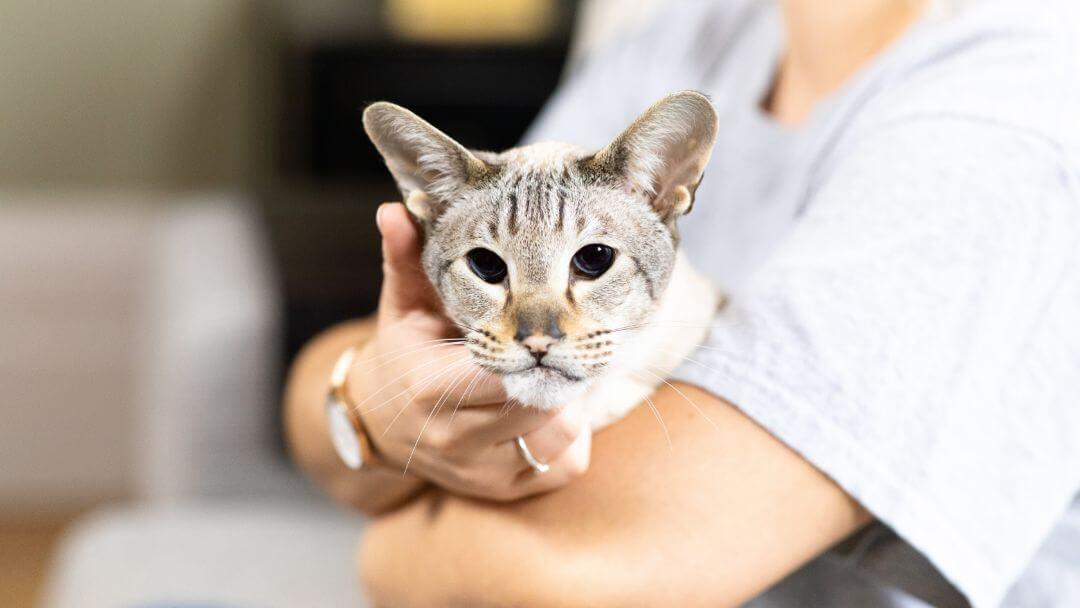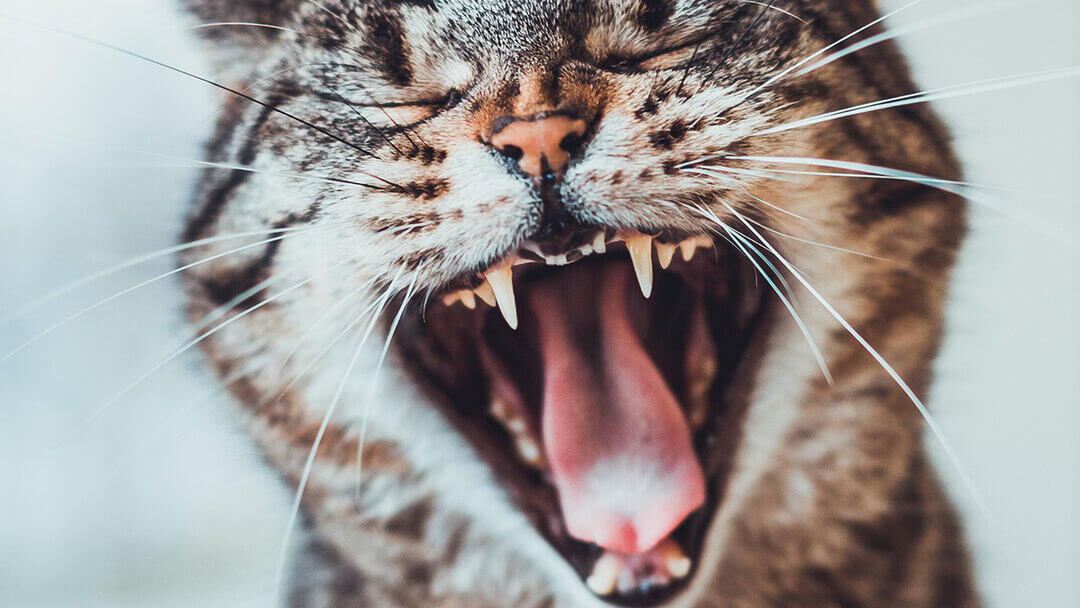
Ear problems in cats not only impact their life but can also have an effect on their welfare and their relationships with their owners. Just like any other sense, hearing is a key part of how your cat navigates the world.
Fortunately, cats are incredibly adaptable and can usually adapt to life without hearing. Knowing the causes, signs and how to deal with cat deafness will help you be able to support your cat through any hearing loss.
Causes of cat deafness
There are a number of causes of deafness in cats, degeneration due to old age being the most common.
Temporary deafness can be the result of the following:
- Mild bacterial infections.
- Fungal infections.
- Parasitic infections, usually a result of ear mites.
- As a side effect of certain drugs.
Permanent cat deafness can be the result of:
- Injury.
- Old age.
- Severe, untreated middle ear infections.
- Neurological problems.
- Tumours and polyps in the ear canal.
Some deaf cats may also struggle with balance.
Cat breeds that have completely white fur are often born deaf especially if they have blue eyes.
How will I know if my cat is suffering from deafness or hearing loss?
Deafness in cats can be incredibly difficult to pick up on, as cats are experts at using their other senses to compensate. A deaf cat might not turn when you approach, probably won’t react to loud noises, or won’t turn their ears towards sounds. You may also notice that they are difficult to rouse from sleep, and don’t respond unless physically touched. This means that they are easily startled and also won’t show a fear response towards loud or sudden noises.
If you think your cat is suffering from sudden or progressive hearing loss, it’s important to take them to the vets. If the deafness is temporary such as from an ear infection, the vet may prescribe some treatment to help clear it up.

How to Help Your Cat Who Is Suffering from Hearing Loss
Deafness can be confusing and disorientating for cats, especially if issues are sudden in onset rather than gradual. If it is treatable, things should return to normal quite quickly but if it is permanent, it’s important to make things easy for your cat as they get used to a loss of hearing and how that impacts on their life.
Create a safe environment for your deaf cat
A primary concern for owners of deaf cats is safety. Be sure to minimise situations where a lack of hearing could result in harm: the outside world is a far more dangerous place for a cat that cannot hear. Both roads and unknown animals can be potentially hazardous to your pet, as they will no longer be able to hear the rumble of approaching traffic, or warning sounds from a rival animal. For most deaf cats, unless very rural and isolated, an outdoor life is not going to be a safe option.
Depending on your living environment and the hazards to be found in your neighbourhood, it is in your cat’s best interests to consider an indoor life – or else cat fencing your garden so they can’t wander beyond that – and so neighbouring cats can’t get access.
If this isn’t possible, building an enclosed ‘catio’ can give them safe access to outside while keeping them safe.
Remember that an indoor cat needs plenty of enrichment, social interactions, games and play – and being deaf doesn’t change that.
Adjusting your deaf cat to everyday life
Daily interaction can become more challenging for deaf cats. As they can’t hear you approaching them, and as noises do not waken them from sleep, take care not to startle them by touching them unexpectedly. Always approach them from the front, and make sure they have seen you before you touch them, or make your presence known before stroking them (sitting down beside them or touching the bedding around them can let them know of your presence if they are not deeply asleep). Cats feel vibrations and so this can be very effective.
Make sure they have a safe place to sleep where they won’t be disturbed and startled by children or other animals.
If your cat responded to your voice in the past – such as coming when you call them – you can try using hand signals instead. Usually as a cat’s hearing fades, their other senses start to compensate and so they may well watch you far more, and so hand signals can be effective.
Stick to a fixed routine when it comes to meal times so your cat isn’t reliant on hearing you in the kitchen or hearing food being prepared.
Remember that just because a cat can no longer hear, it doesn’t mean they can’t sense you in other ways. They might feel your approach through vibrations in the floor or on the stairs.
FAQ
If there is any chance your cat might escape, consider using a safe release collar with 'I am deaf' on it and your phone number Getting lost is far more dangerous for deaf cats, so make sure that if the worst happens, anyone who finds your cat will know they are deaf – and be easily able to contact you.
Here's the simplest way to tell if your cat might be deaf:
- Doesn't react to sounds for example they ignore their name, don’t react to treats shaking, or loud noises.
- Meows loudly, this might mean they can't hear their own voice.
- Gets startled easily even when you’re not sneaking up on them.
If you notice any of these telltale signs, a vet can test your cat’s hearing.
Deaf cats can't usually get their hearing back. However, there are different ways to help them live happily. If it's an infection vets can treat hearing loss, though hearing might still be gone. Whereas for permanent deafness it is recommended to use hand signals and vibrations, keep them inside the house, stick to a routine, approach them so they can see you. Deaf cats can live happily with extra care and love.
Similar to humans, cats can experience gradual hearing loss as they age. This typically becomes more noticeable in senior cats, generally around 10 years old and older. This process is usually gradual, making it sometimes difficult for owners to detect early on.
Read more about ear problems in cats here.














